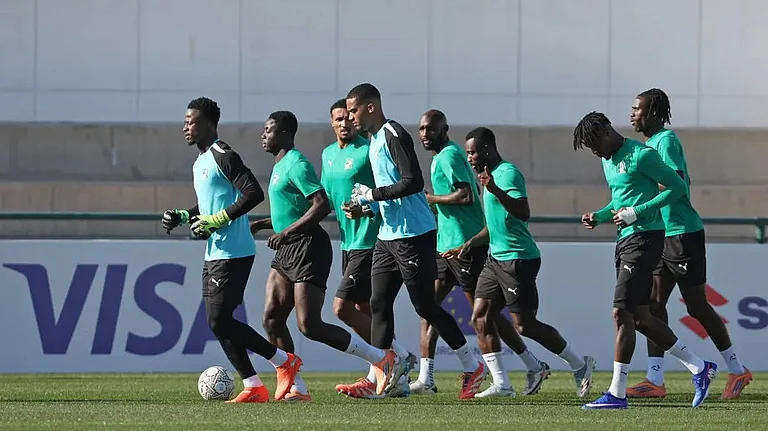A curious mystique envelops the lives of famed dacoits who have haunted the ravines of the Chambal—a mixture of terror, awe and respect, balancing acts of altruism and bloody crime. Such are the emotions evoked when one names Man Singh and Lakhan Singh. Such, despite a career in kidnappings and murders, is the case with Mohar Singh, who died on May 5.
Ruling the ravines from 1958 to 1972, Mohar Singh was the last of a generation of bandit chieftains whose reign of terror still haunts the memories of locals.
“In 1972, when Jayaprakash Narayan suggested to the then PM Indira Gandhi that he should negotiate terms for the surrender of Chambal’s dacoits, she had said she would agree only if Mohar Singh, too, gave up arms,” archaeologist K.K. Muhammed says.
While three state police—UP, Madhya Pradesh and Rajasthan—put a reward of Rs 12 lakh on him, villagers respected him for helping the poor—doling out dowries as well as money. “I had told my 100-plus men that if they had even touched a woman, they would be shot,” Mohar Singh had told Outlook in September 2019.
Most men who disappeared into the craggy ravines of Chambal were impelled by caste-ridden injustice and police atrocity. Mohar Singh’s journey has a similar backstory.
A member of the Gurjar community from Mehgaon village in Bhind district of MP, his relatives deprived him of his rights to ancestral farmland. He fought a legal battle but the police favoured the rich. It was the last straw. When most chieftains rebuffed on account of his youth, Mohar decided to go it alone, recruiting local youths. The focus on petty kidnappings changed to bigger prey as the gang grew in numbers.
His biggest quarry, which shook the entire nation in the mid ’60s, was the kidnapping of a statue smuggler from Delhi. Mohar decided to surrender in 1972, with a pre-condition that he wouldn’t be awarded the death sentence. Subsequently, his sentence was commuted to a 20-year jail term. Good behaviour earned him an early release in 1980. He settled down as a farmer, dabbling in politics on a couple of occasions. He also acted in a film on his life, Chambal Ke Daku.
Few months before his death, he had written a letter to the PM Narendra Modi for the restoration of the Bateswara temple, a historic structure in the ravines constructed by the Gurjara-Pratiharas. “Many of his stories will become folklore now,” says Anurag Gurjar, president, Akhil Bhartiya Veer Gurjar Mahasabha.


























